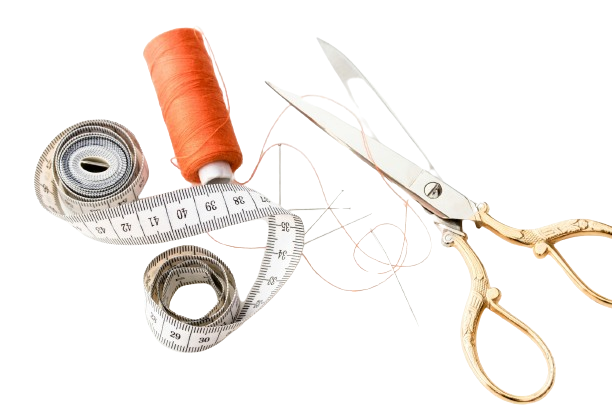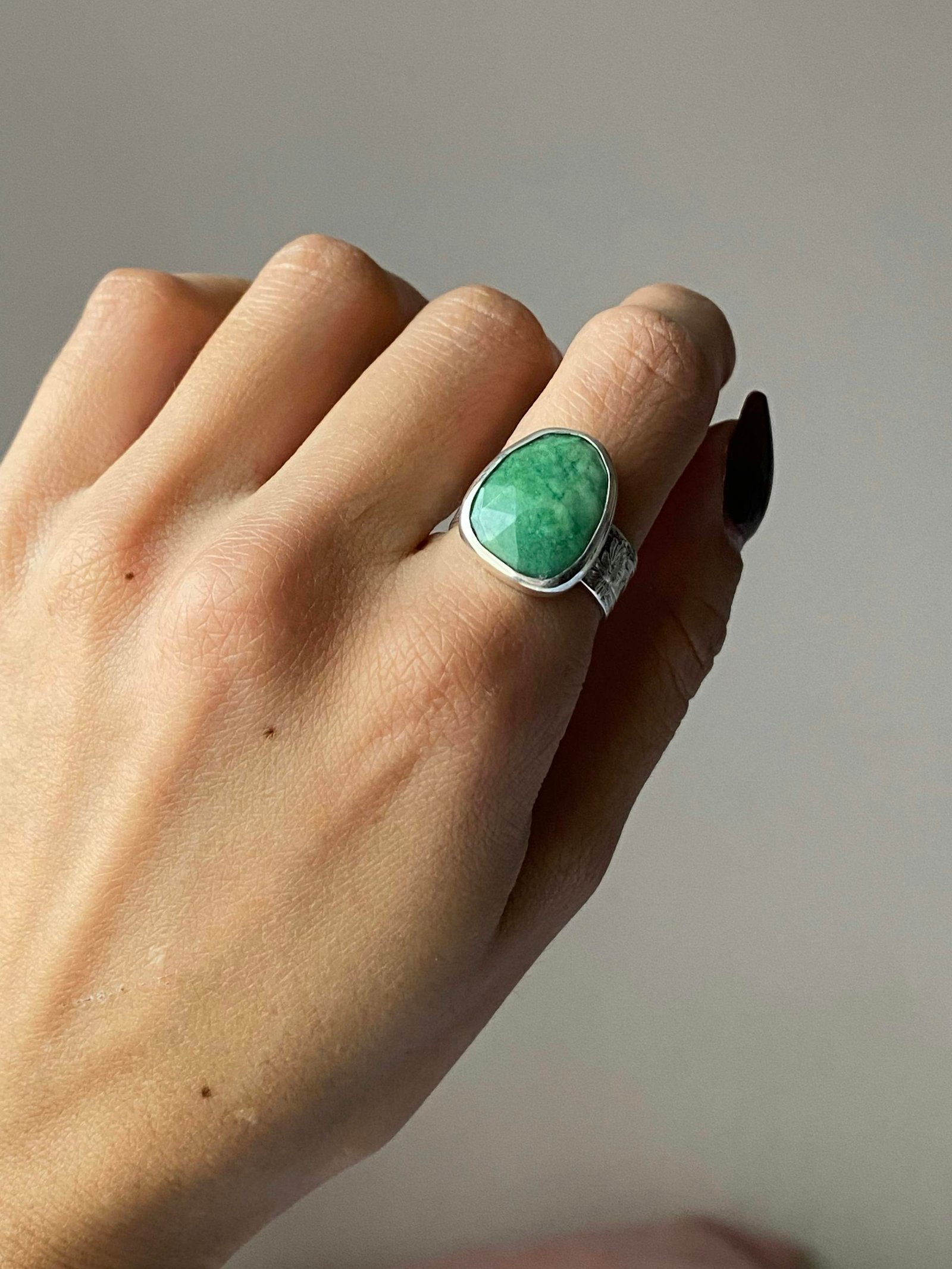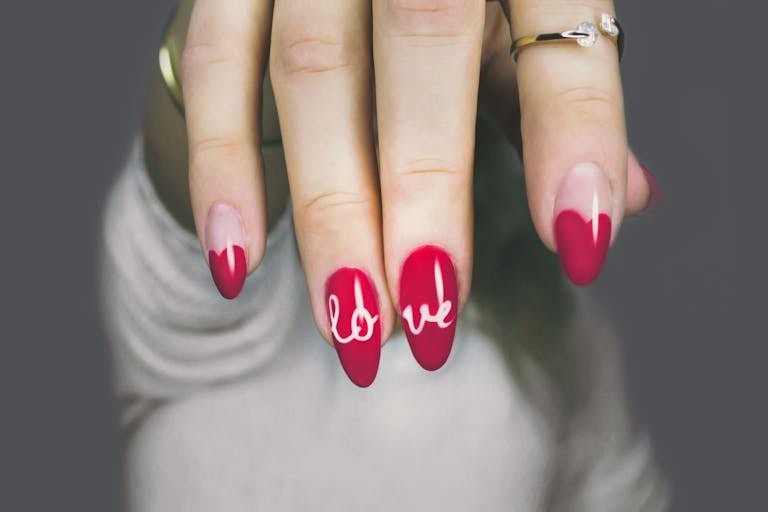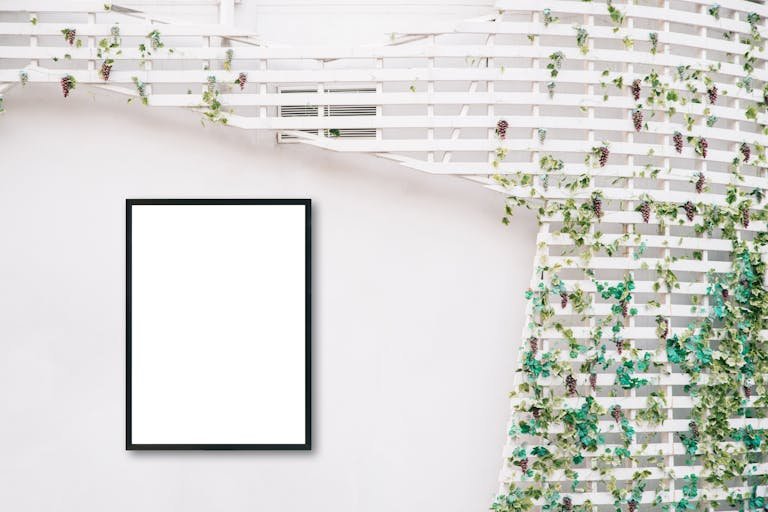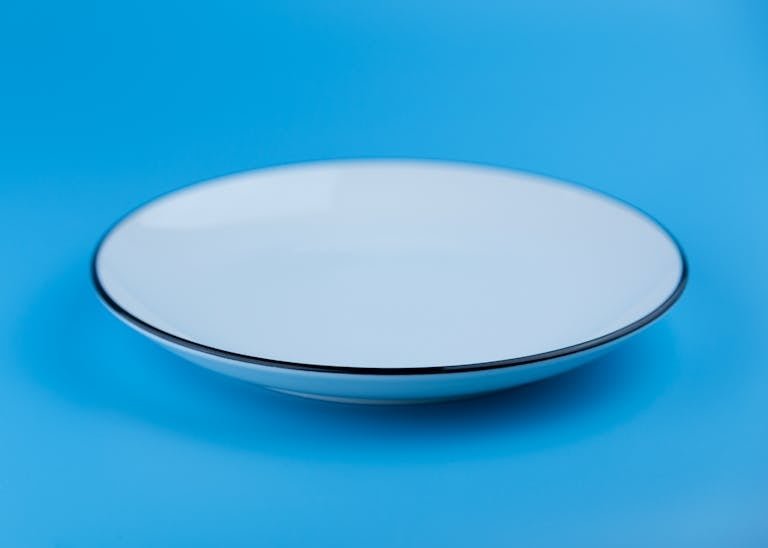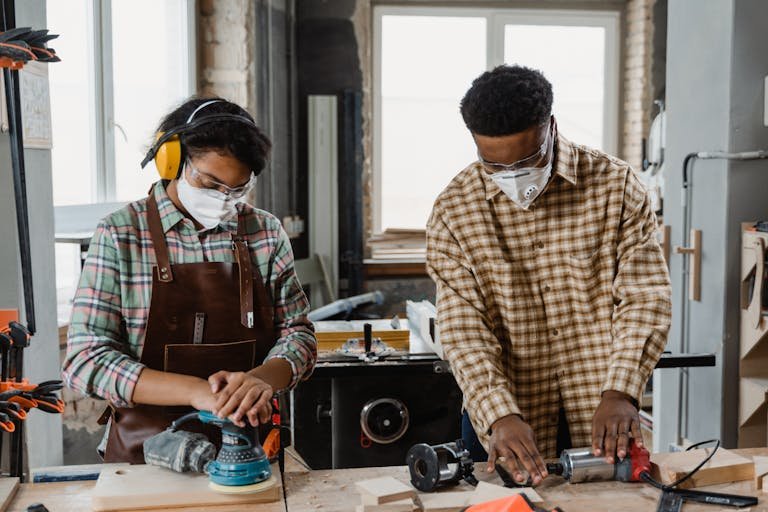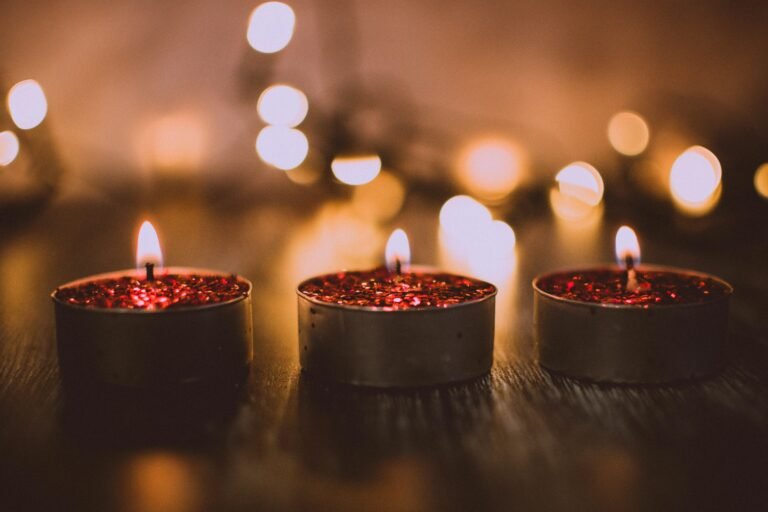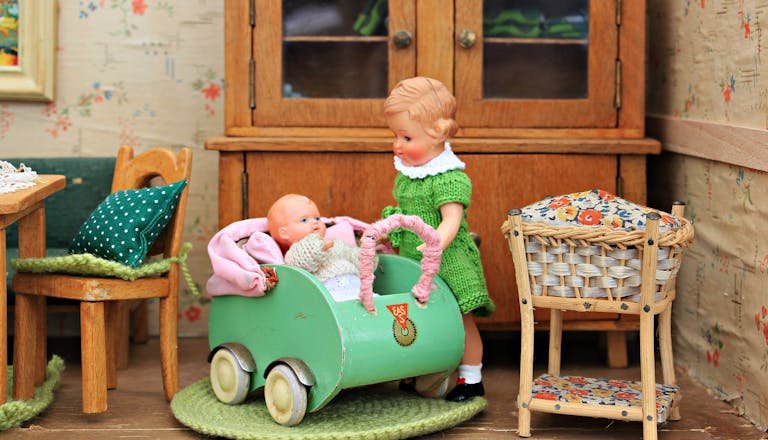Alpaca Silver: The Ultimate Guide to This Precious Metal
Alpaca silver is a term that might sound exotic, elegant, and even valuable, but it is often misunderstood. The name “Alpaca Silver” can be misleading, as it doesn’t contain any silver and is not related to the alpaca animal. Instead, it refers to a versatile and attractive metal alloy often used in various jewelry and decorative items.
What Is Alpaca Silver?
Definition
Alpaca silver, also known as nickel silver, German silver, or argentan, is a misnomer for a kind of copper-based alloy having nickel and zinc as constituents. The composition of the alloy is roughly 60% copper, 20% nickel 20% of which is zinc. However, it should be noted that although its surface looks shiny and silver, it has no touch of silver within it at all. The name ‘Alpaca’ has its origin in South America where it used to be used in traditional arts made of metal.
Composition
The primary reason why alpaca silver stands out is its mixture of materials. The typical blend of metals provides it with several desirable properties:
- Copper (60%): Copper is the base metal in alpaca silver, giving it a strong and durable foundation.
- Nickel (20%): Nickel also increases the reflectivity of the coating and makes the alloy more resistant to corrosion.
- Zinc (20%): It also helps to improve the ability of the metal to hold intricate designs on it due to the efforts of artisans.
The specific percentages may be slightly different depending on the supplier or the application of the alloy.
Features of Alpaca Silver
By providing information about the characteristics of alpaca silver, consumers will be able to better understand the material and how it can be utilized.
Appearance
Another advantage of alpaca silver is its appearance the shine and brightness of silver amaze people. It does look like real silver, though just a bit less reflective than the metal. Its shiny and mirror-like appearance makes it ideal for use in jewelry, knives forks, and ornaments.
Durability
Alpaca silver is harder and less likely to tarnish than the traditionally used sterling silver due to its higher fineness. Unlike sterling silver, alpaca silver surfaces scratch readily and will tarnish; however, it does not wear as quickly and is ideal for making bracelets, rings, and utensils, which are used often.
Workability
The ability to shape alpaca silver easily is another reason why it has been embraced by artisans in their production processes. It can be easily melted and worked into complex shapes and patterns, which is why it is used to create complex jewelry and other small decorations.
Cost
One of the most significant advantages of alpaca silver is its cost. It is much cheaper than sterling silver, so people who like the appearance of silver but can’t afford it, will find it convenient. This affords the consumer reasonable prices for raw material and also for the end product which does not compromise on elegance.
Allergy Concerns
However, alpaca silver also has some disadvantages, one of which is irritation of the skin with nickel-sensitive skin or hay fever. Nickel is always an antagonist and exposure of skin to alpaca silver may result in skin rash or itching, including other allergic reactions. If you have a known nickel allergy, it’s advisable to avoid wearing alpaca silver jewelry or opt for items with a protective coating.
Alpaca Silver vs. Sterling Silver
| Feature | Alpaca Silver | Sterling Silver |
|---|---|---|
| Composition | Copper, nickel, zinc | 92.5% silver, 7.5% other metals |
| Appearance | Silver-like luster | Bright, lustrous silver |
| Durability | Harder, more resistant to tarnish | Softer, prone to scratches |
| Cost | Less expensive | More expensive |
| Allergy concerns | Potential nickel allergy | Generally hypoallergenic |
| Value | Lower | Higher |
Read Also: How to Make an Ouija Board at Home: 3 Detailed Methods
How to Identify Alpaca Silver
Given its appearance, alpaca silver can sometimes be mistaken for sterling silver or other precious metals. Here are some tips for identifying alpaca silver:
Visual Inspection
The most common and probably the easiest method of identifying true alpaca silver is through physical examination. Even though alpaca silver has the sheen of real sterling silver, it is not as bright. Further, it can also be slightly pinkish or more yellowish because of the content of the copper compound.
Stamping and Marks
Many alpaca silver items are stamped with the word “Alpaca” or “Alpaca Silver” to indicate their composition. Once you encounter any piece of jewelry or any decorative item carrying this stamp, they are possibly made from alpaca silver. However, not all items have the sign, meaning that other forms of identification should also be considered.
Magnet Test
Alpaca silver is a non-magnetic material, and one can use a magnet to check if a particular piece is forged from this material or not. If the item sticks to a magnet then that means the item has iron or some other magnetic material and thus cannot be alpaca silver.
Acid Test
However, if one wants to determine it with precision, an acid test can be performed. This is done when one drops a small amount of acid on the metal to observe the extent of the reaction. You cannot expect alpaca silver to behave like sterling silver for the simple reason that it has no real silver in it. However, the acid testing should be done carefully because it may destroy the item if not properly done.
What Is Alpaca Silver Worth?
Craftsmanship
The value of alpaca silver is not based on its material composition, as it lacks precious metals like silver or gold. However, the cost of a particular piece is mainly derived from the level of workmanship that was employed to create it. Complicated patterns, precision, and creative outlook are capable of greatly increasing the worth of alpaca silver accessories. For those artists who create objects that are quite different or have historical and cultural relevance, they may be able to demand more for their work.
Weight
In addition to craftsmanship, the weight of an alpaca silver item can also influence its value. The weight increase gives more value to them, as they are produced with more material and are considered to be stronger. However, because alpaca silver is so inexpensive as an alloy, even larger pieces will be considerably cheaper than items made from actual sterling silver or other valuable metals.
Condition
The condition of alpaca silver items plays a crucial role in determining their worth. Objects whose surfaces are free of scratches, dents, tarnishing, or any other signs of usage are worth more than those with such blemishes. Individuals interested in collecting need to ensure that they acquire good and clean products, particularly if they are retro or antiques as they can be good examples of good workmanship or historical value.
Common Uses of Alpaca Silver
This characteristic makes alpaca silver ideal for various uses due to its specific physical and chemical characteristics. Here are some of the most common uses:
Jewelry
The most common products made from alpaca silver are necklaces, bracelets, rings, earrings, and brooches. Its silver-like sparkle and ductile nature enable a wide variety of designs to be made, from basic yet classy to highly elaborate. From Hispanic local handcrafted jewelry to the latest fashion accessories, alpaca silver is a cheaper option compared to most other silver types.
Cutlery and Utensils
Due to its qualities such as durability and resistance to tarnishing, alpaca silver is suitable to be used in making cutlery and utensils. Alpaca silver utensils including the forks, spoons, and knives are both practical and ornamental. These are usually employed in such eateries or as accessories for occasions such as a wedding or any ceremonial event.
Musical Instruments
Alpaca silver is also employed where certain musical instruments must be made and this includes wind instruments such as flutes and saxophones. The metal used in these musical instruments is favorable because it can effectively resist corrosion while delivering a clear sound. Also, its strength guarantees that the instruments can be used for numerous times and still retain their quality.
Decorative Items
Many artists prefer to make ornaments for home embellishment including picture frames, vases, trays, and figurines using alpaca silver. These pieces are attractive and are most frequently utilized for decoration around the house or as gifts. Alpaca silver is fairly cheap which enables the crafting of bigger and more intricate pieces that would otherwise be inconceivable if made out of real silver.
Traditional Crafts
In regions like South America, alpaca silver has cultural significance and is often used in traditional crafts. Indigenous artisans use the metal to create items that reflect their heritage and artistic traditions. These pieces are not only beautiful but also carry cultural value, making them sought-after by collectors and enthusiasts.
Read Also: How to Stop Knitting from Curling: 3 Effective Methods
Conclusion
Alpaca silver, as it has been depicted in this article, is an alloy that can be useful in many industries including jewelry and the manufacture of musical instruments. Though it does not possess the importance of the inherent standard of sterling silver or gold, its cost-effectiveness, sturdiness, and appearance make it a favorable metal for both creators and buyers. By knowing its constituents and characteristics as well as how to take care of it properly, the buyer will be able to make a good decision in purchasing alpaca silver products.
